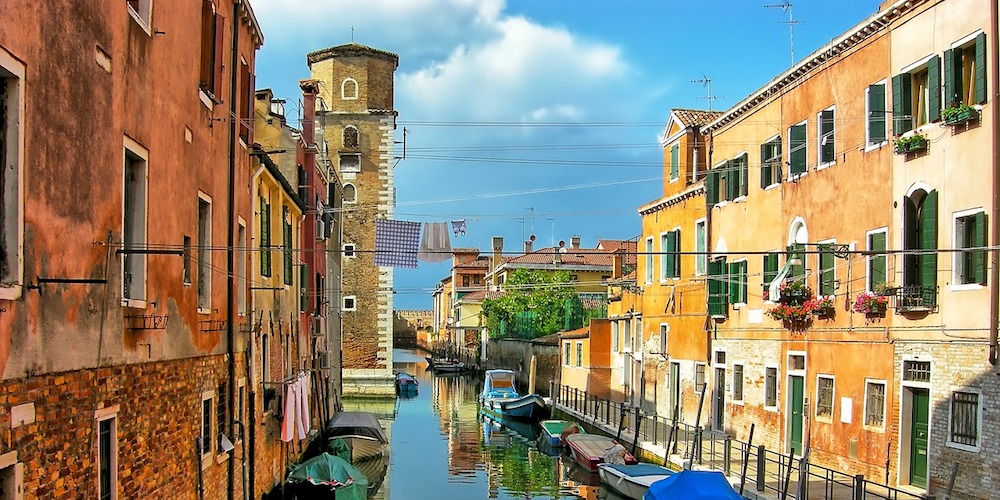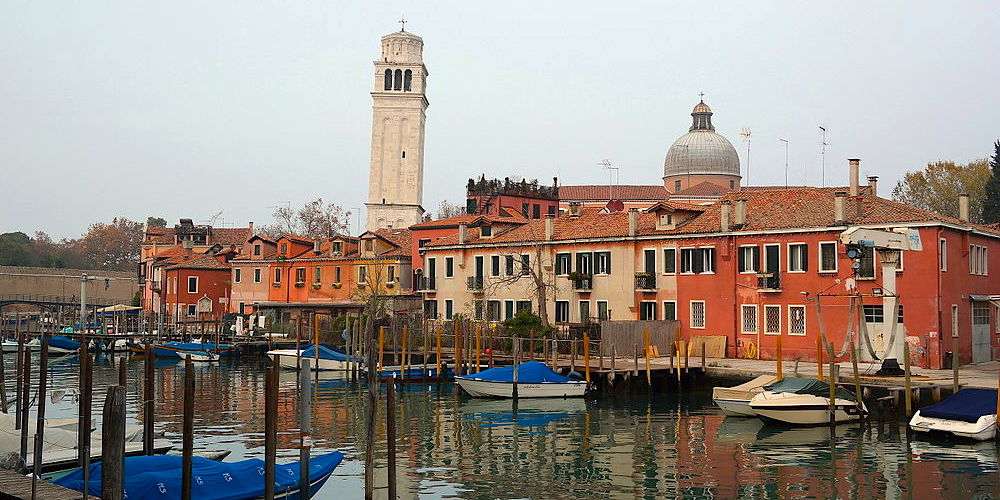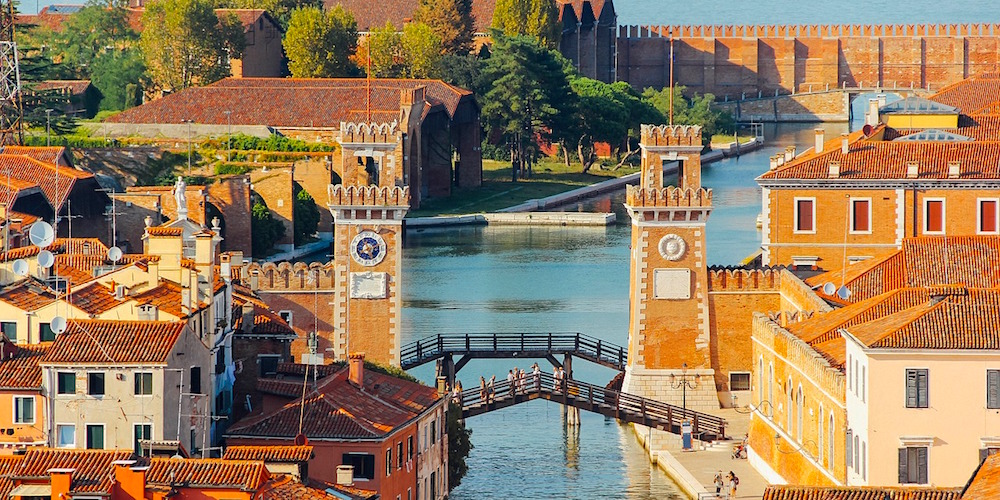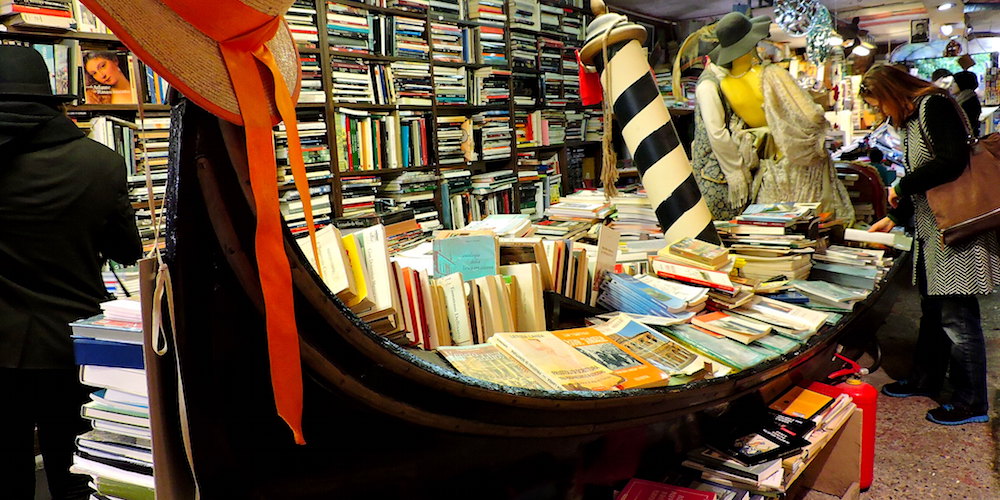Venice is divided into sestieri, that are six districts, which date back to its origins. The six sestieri of Venice are: Cannaregio, Castello that also includes the San Michele island, Dorsoduro that also includes the islands of Giudecca, Santa Croce, San Marco that also includes the San Giorgio Maggiore island and San Polo. Today we are going to discover the least known district of Venice: the Castello district. Being the easternmost district of the city, it is one of the least visited areas of Venice, and for this reason also one of the most authentic. Castello is the largest district and also the only one not overlooking the Grand Canal, and like every corner of Venice is full of hidden treasures.
The Castello district: the history

Like the entire city, Castello was formed during the High Middle Ages from separate settlements. This district was the seat of the first Venetian diocese and also had a strategic military function, as a fortress was erected here, from which derives the current name of the district, that was probably part of a more articulated defensive system. The large Arsenale complex shows the importance of this area in the history of Venice; from the 12th century it was the heart of the Venetian naval industry. Today Castello represents a quieter and livable area for its inhabitants, far away from mass tourism.
Places to see in Castello
When you get to Castello, the first thing you have to is lose yourself among its wide calli, discovering glimpses of everyday life. In this area it is easy to come across squares characterised by numerous clothes hung out in the sun, since the district is predominantly a residential area inhabited by Venetians. Let's discover together places to see in Castello.

As mentioned above, this district was the seat of the first Venetian diocese and there are several churches within the area. At the far end of the district there is a small island, connected to the mainland by two bridges, on which stands the basilica of San Pietro di Castello. The basilica, of very ancient origins, had been for many centuries an episcopal seat and then a patriarchal seat until 1807, when the title passed to the basilica of San Marco. This church is visible in the distance due to its particularly leaning bell tower. Another of the city's oldest churches is located in this district, the church of San Zaccaria. The peculiarity of this church is certainly its crypt, which is almost permanently submerged in water. The crypt also houses the bodies of eight doges. Moving on the border with the Cannaregio district we find campo Santi Giovanni e Paolo, one of the largest squares in Venice. Of particular note are the two monuments on the square, the Medieval basilica of Santi Giovanni e Paolo and the Scuola Grande di San Marco, which is today the city's hospital (Ospedale Civile SS. Giovanni e Paolo). The majestic white façade of the latter building is a true Renaissance jewel.

The Castello district is one of the greenest areas of Venice and there are many gardens here, including the Napoleonic gardens or better known as the Biennale gardens. These public gardens, which host the Venice Biennale Art Festival, are the largest green area in the city; inside there are the numerous national pavilions and several sculptures. Inside the spaces of the Arsenale, there is another public garden, the Giardino delle Vergini, whose name derives from the ancient presence in this area of the monastery of Santa Maria Vergine, later demolished at the end of the 19th century. The Arsenale, on the other hand, is an ancient complex of shipyards and workshops that makes up a very large part of Venice, about 48 hectares, where the fleets of the Serenissima were built and, for this reason, a symbol of the economic, political and military power of the city. Since 1980, the Arsenale has become an exhibition venue for the Biennale.

The last must-see place in this district is the famous Acqua Alta bookshop. What makes this bookshop special is certainly the arrangement of the books, which are stored inside gondolas, small boats and bath tubs, in order to be protected in case of high water. Another characteristic of the shop is the staircase of books inside the courtyard, from the top of which you can admire an extraordinary view over the canals of Venice. All you have to do is enter into this bookshop to be transported into a magical world.










Lascia un commento